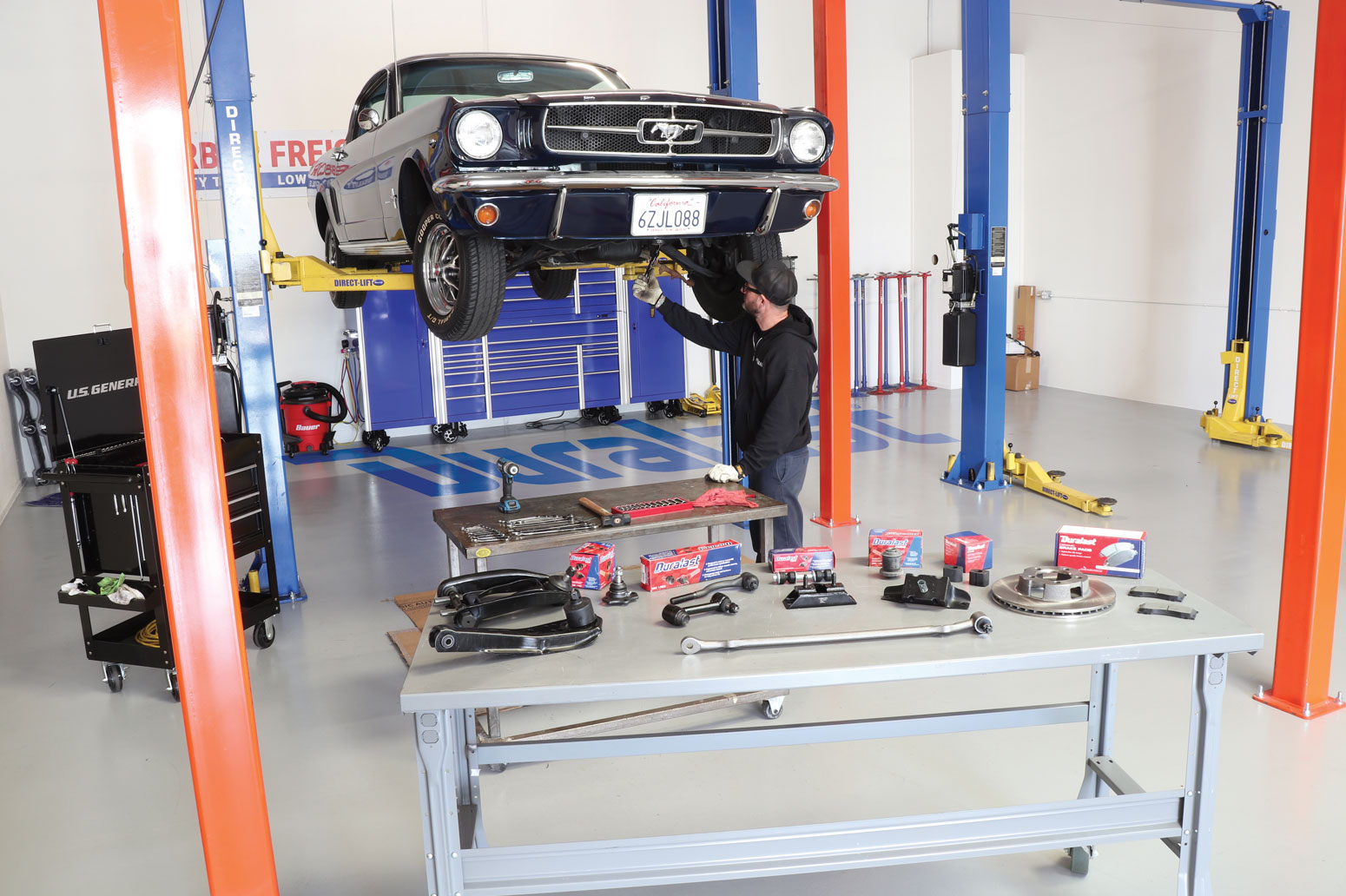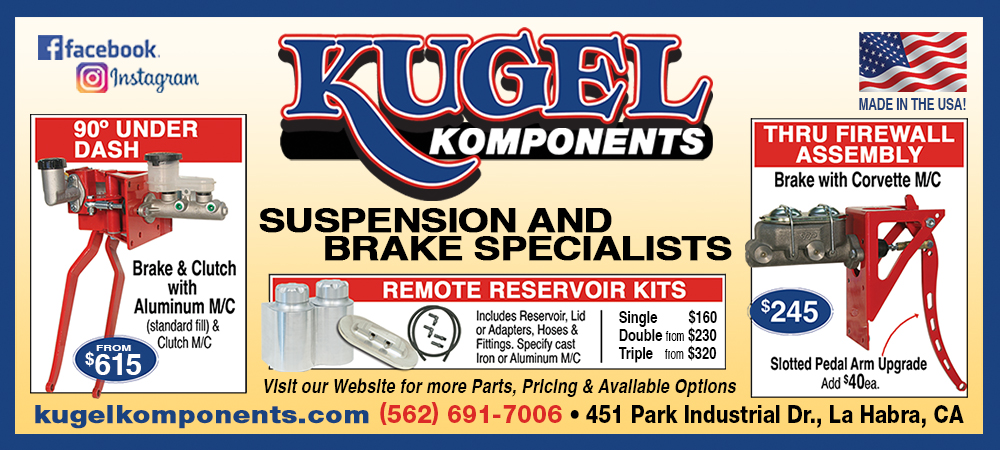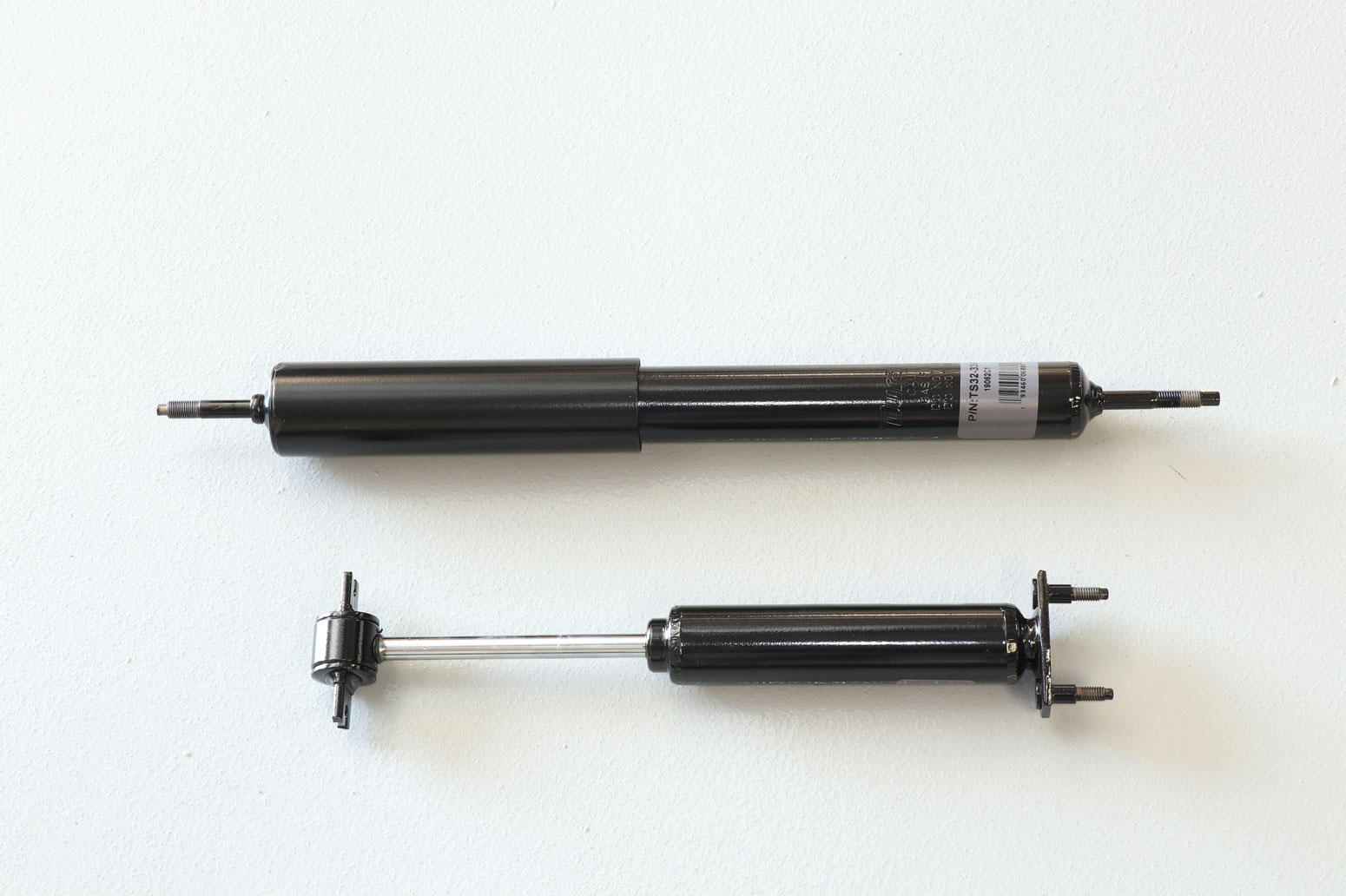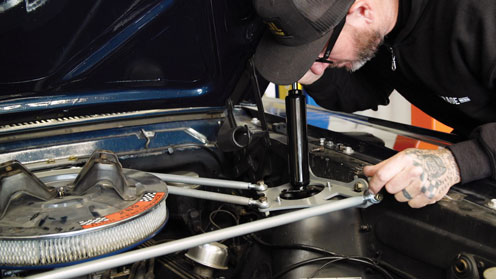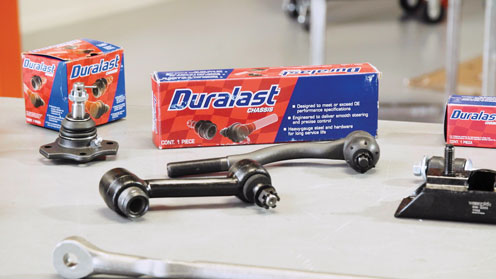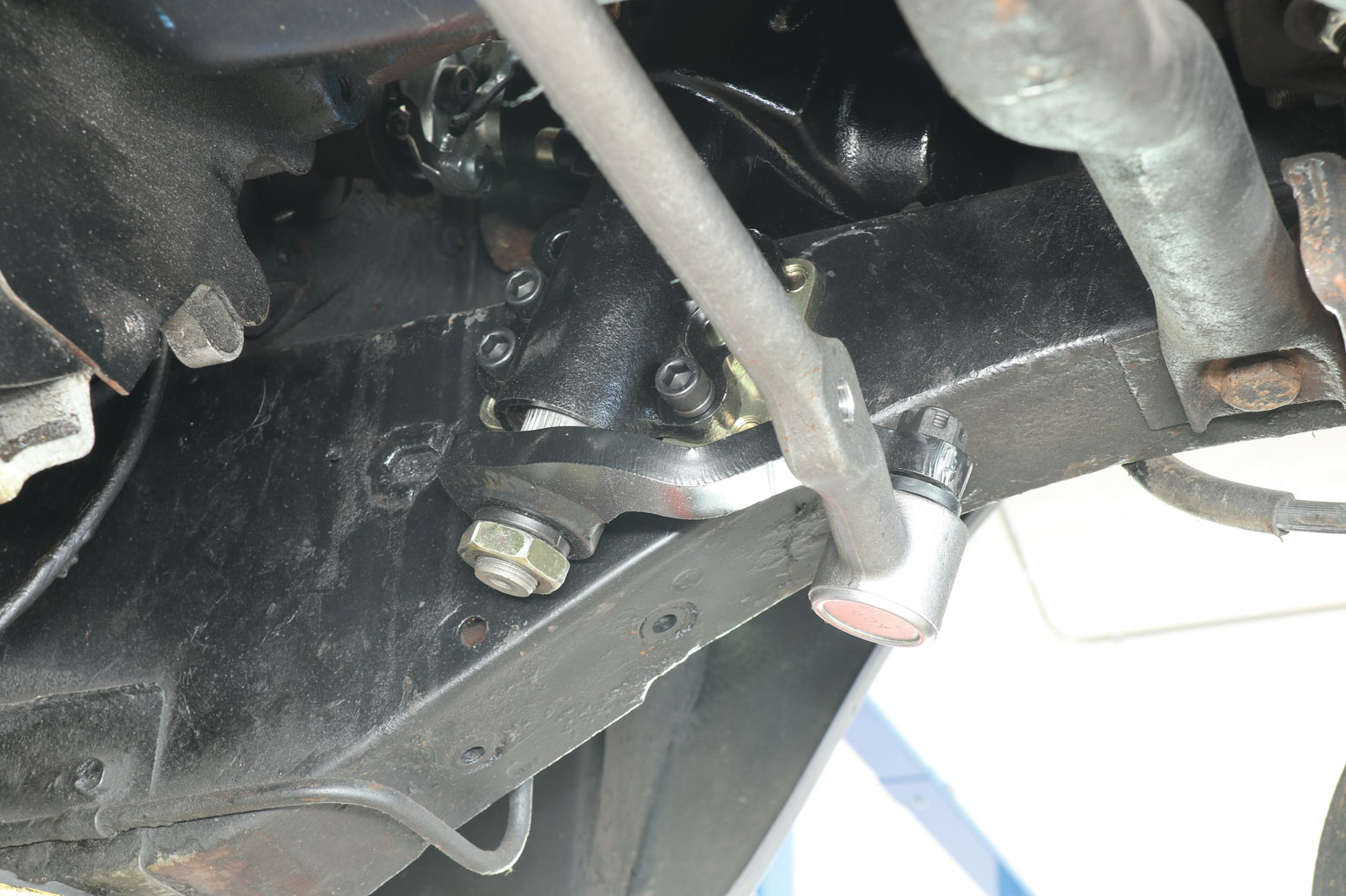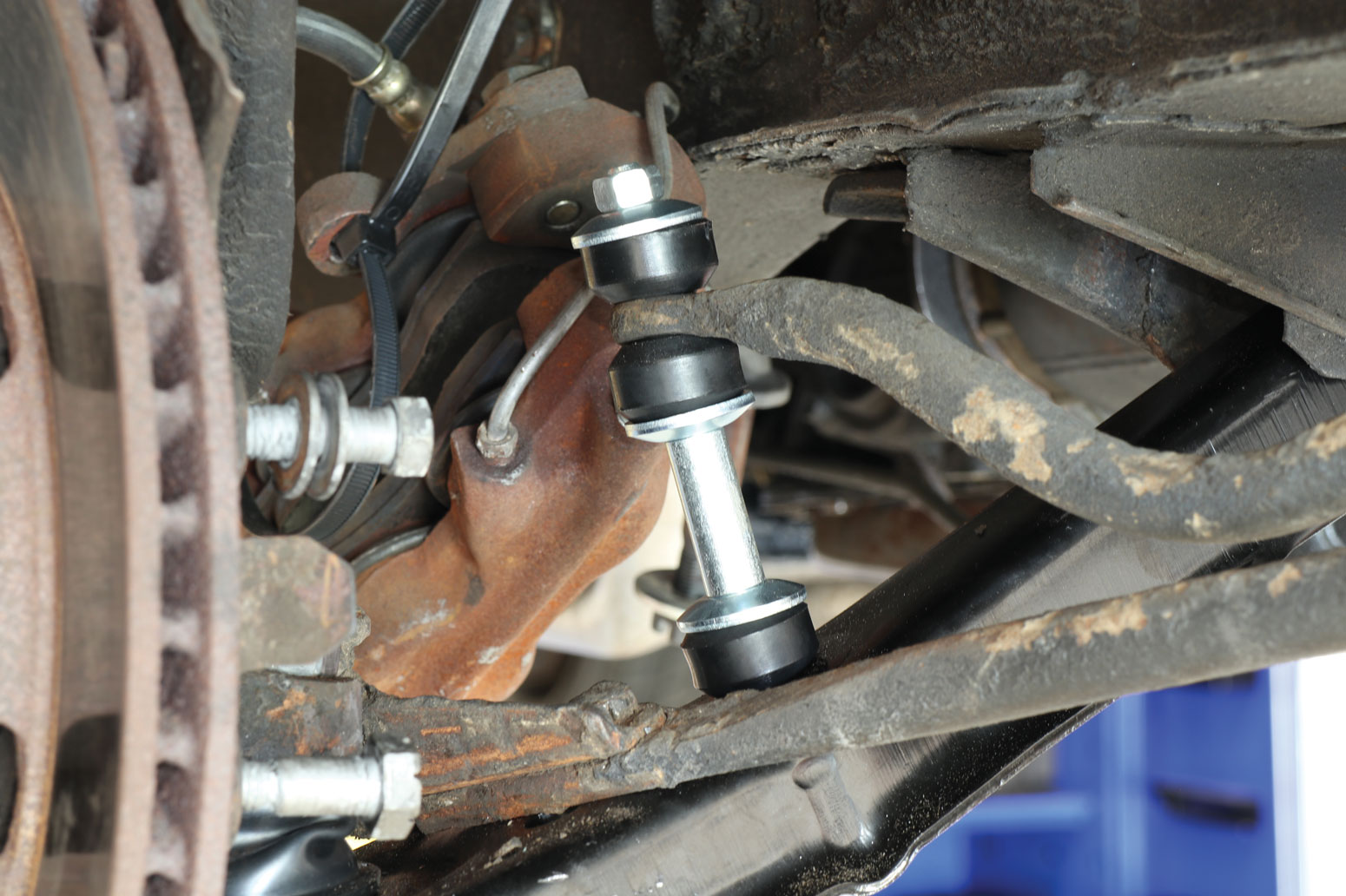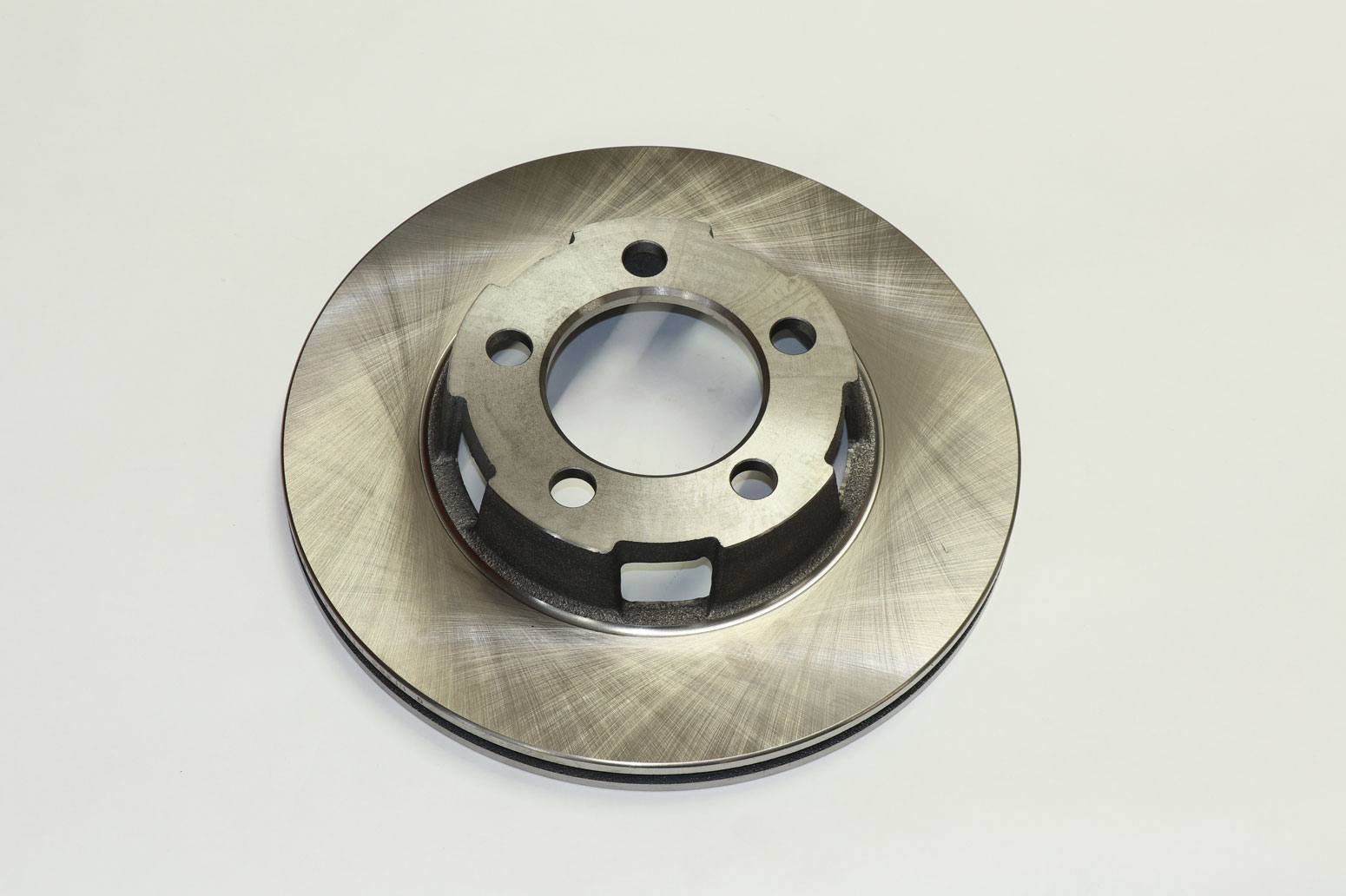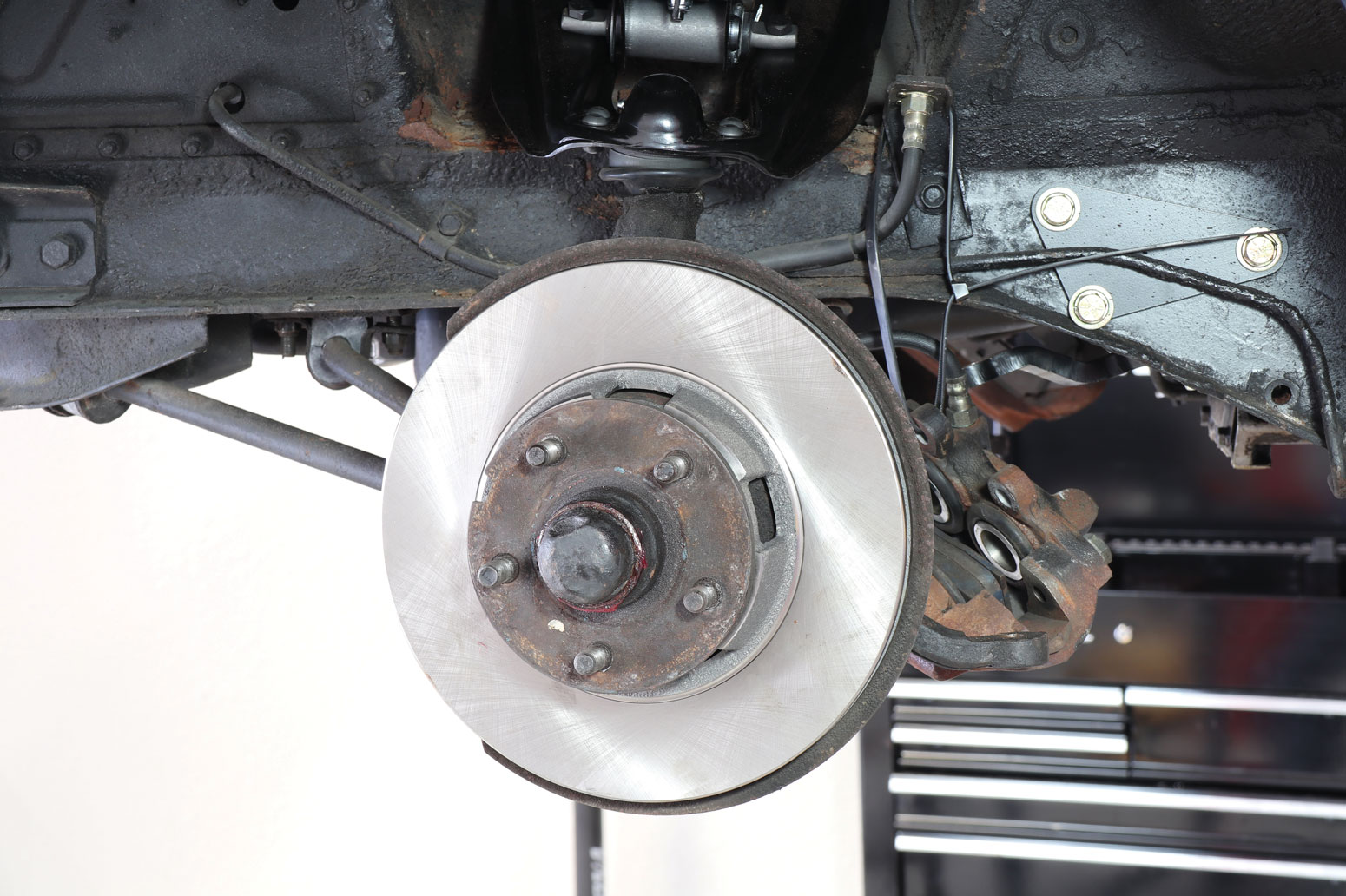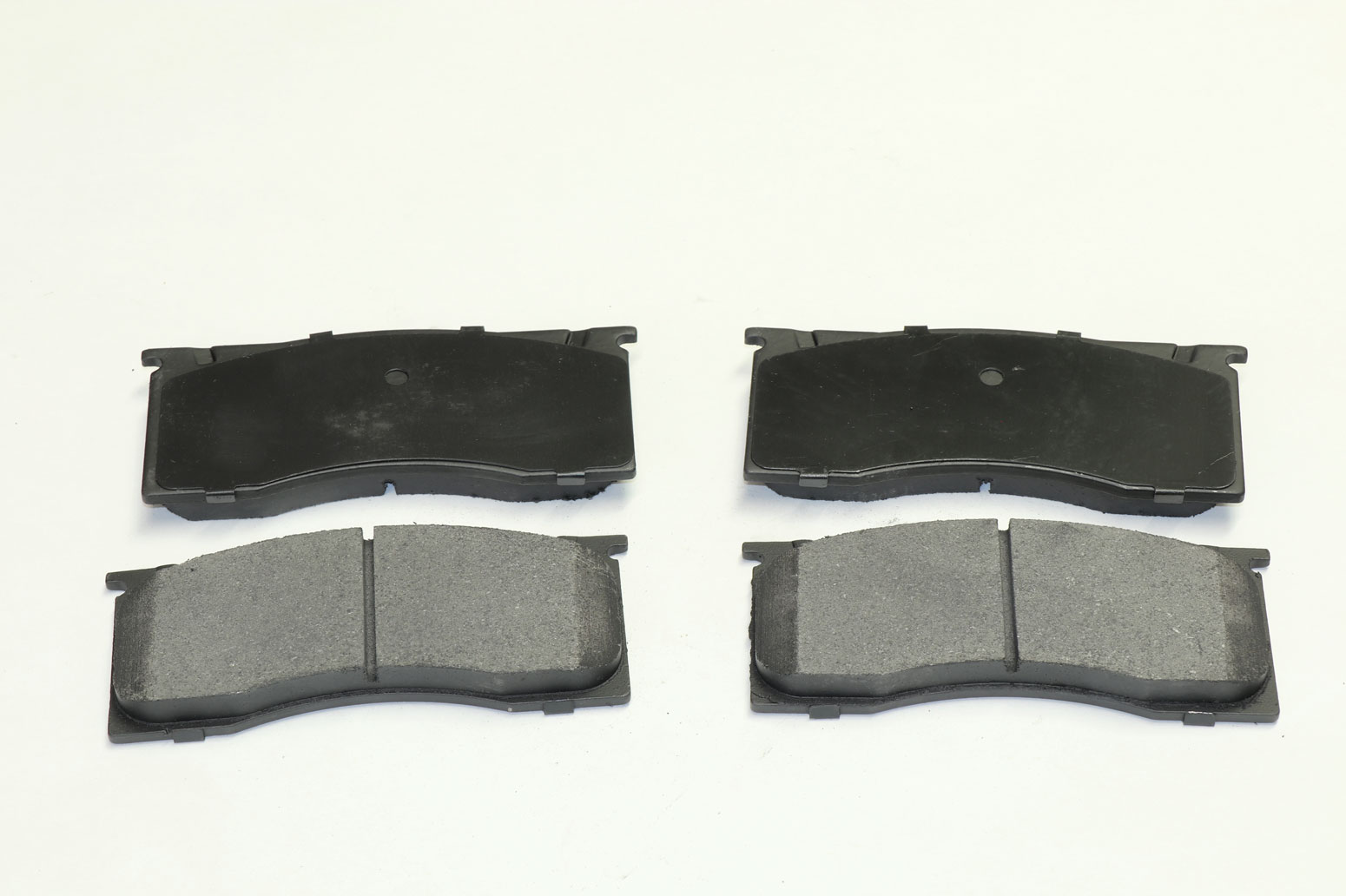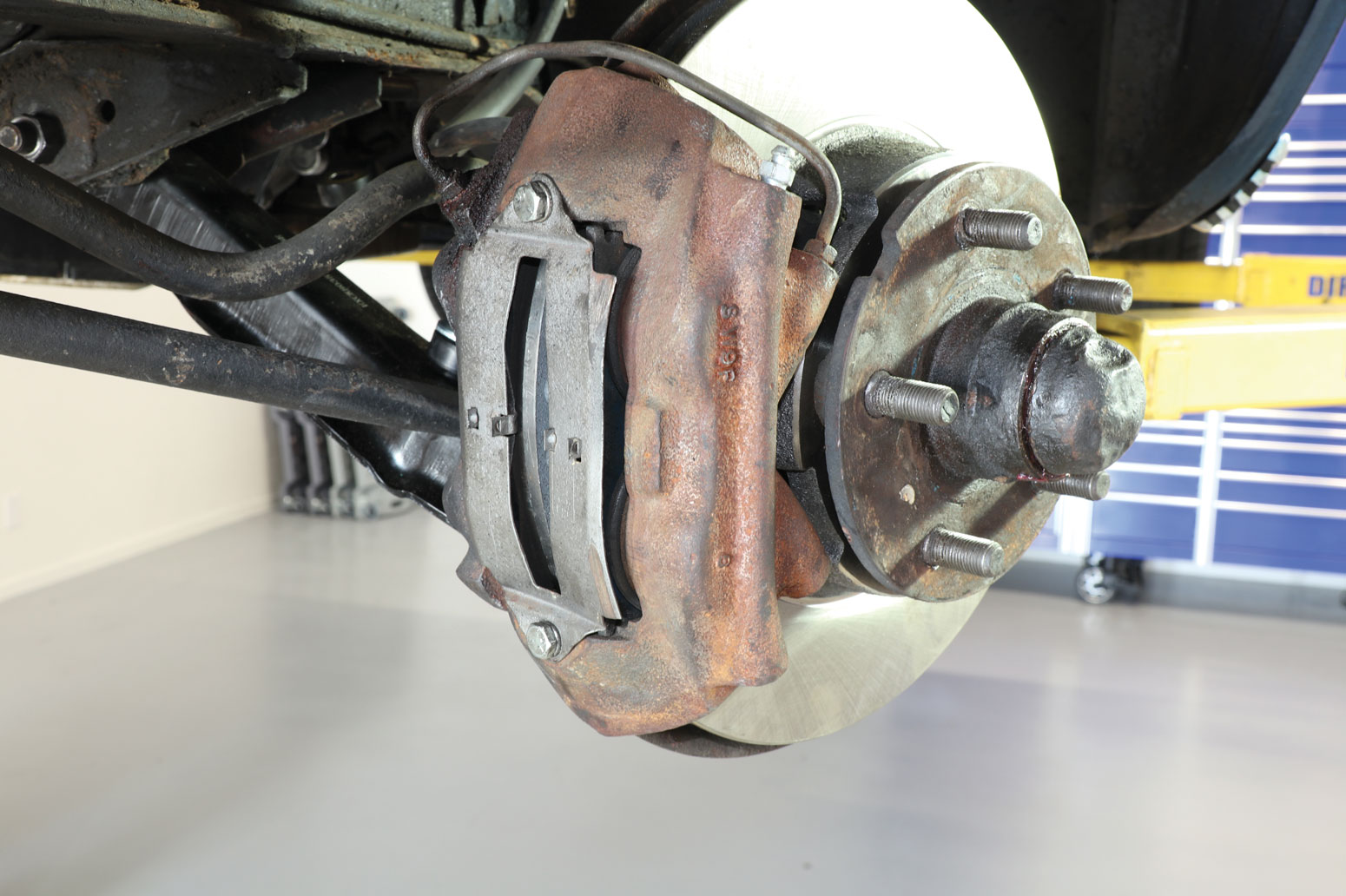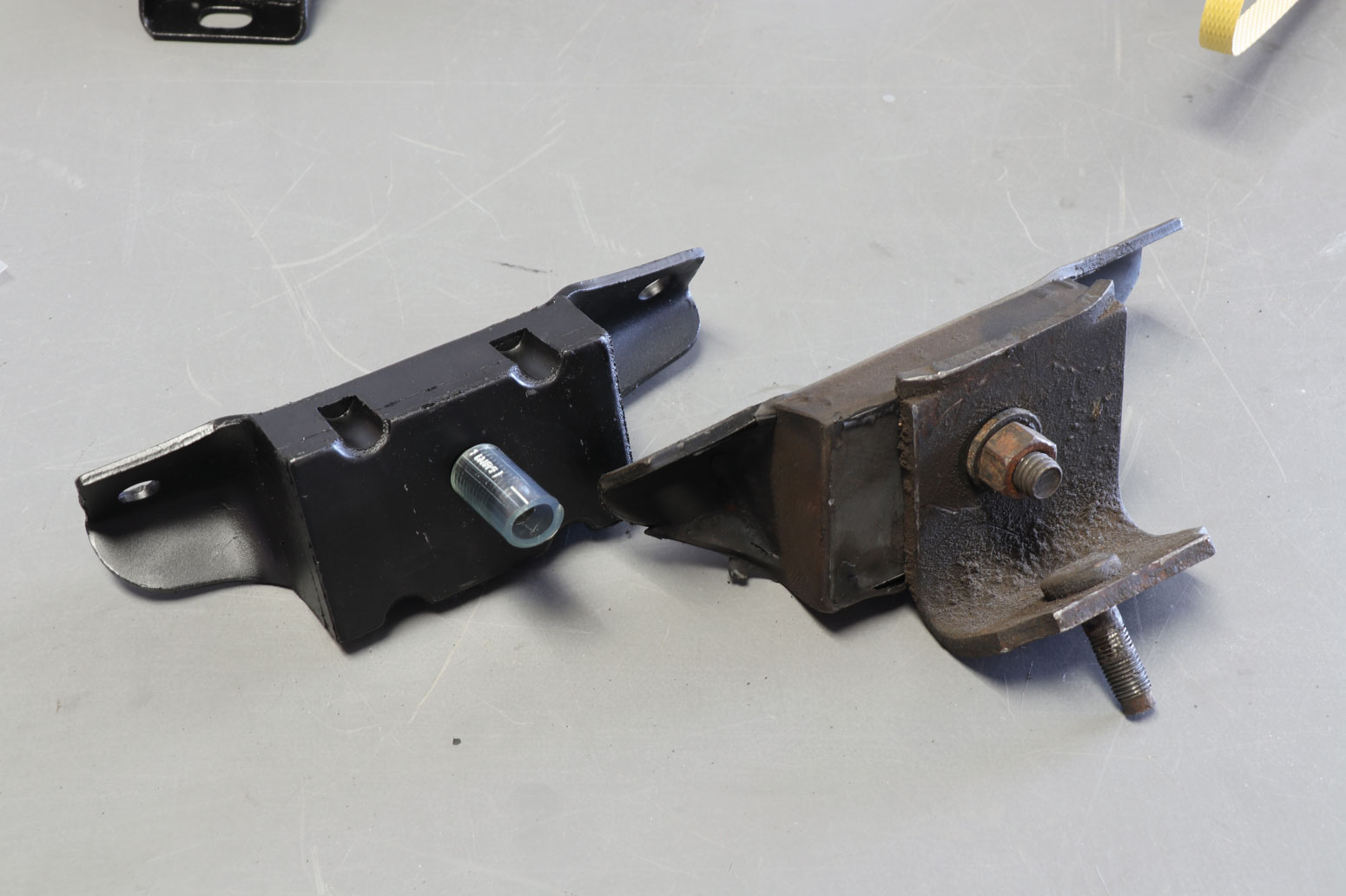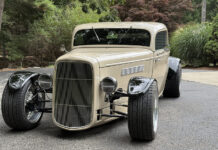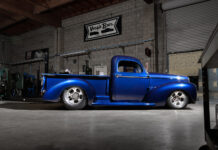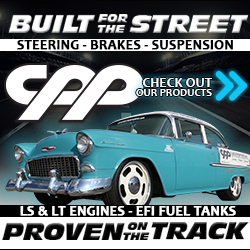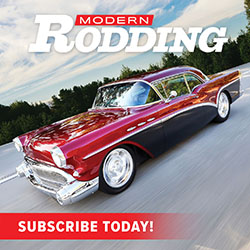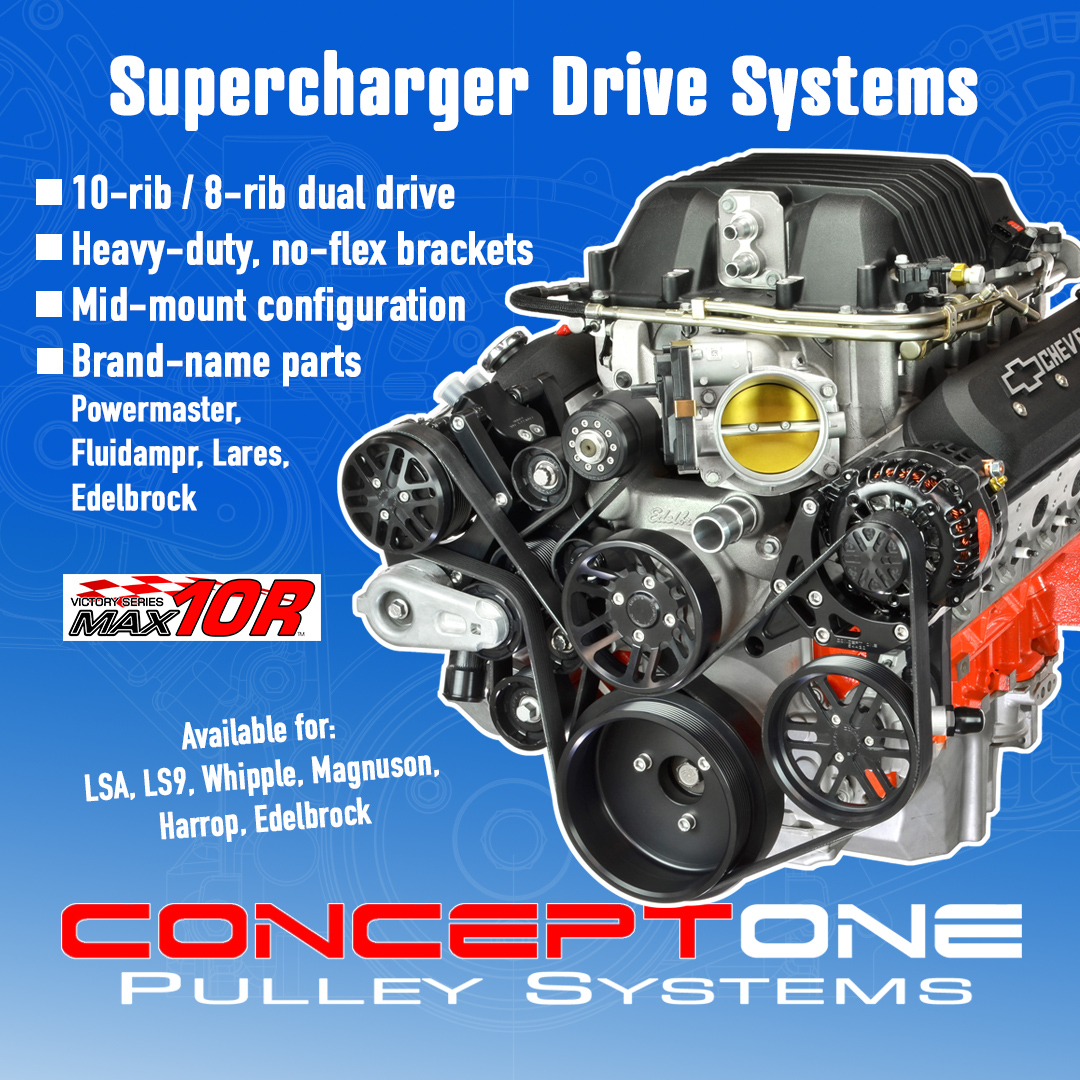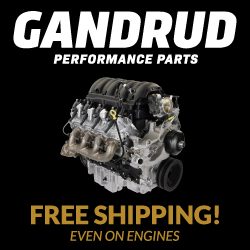By The Modern Rodding Staff – Photography by Brian Brennan
Videography by Ryan Foss Productions
Since Henry Ford founded the company bearing his name in 1903, the Ford Motor Company has produced a variety of beloved cars. The Model T put America on wheels, the Model A and the early V8s were hot rodders’ favorites, but arguably one of the company’s most noteworthy accomplishments was the introduction of the Mustang, the car that started the pony car revolution.

When the late Lee Iacocca was vice president and general manager of Ford he and his team pushed for a car that would be popular with the youth market, and the Mustang came to be. Ford introduced the Mustang at the World’s Fair on April 17, 1964, and although those early cars are often referred to as 1964-1/2 models, the factory VIN codes indicate they are 1965s. Initially the available body styles were a two-door hardtop and convertible, then in September 1964 the Ford 2+2 fastback was introduced.
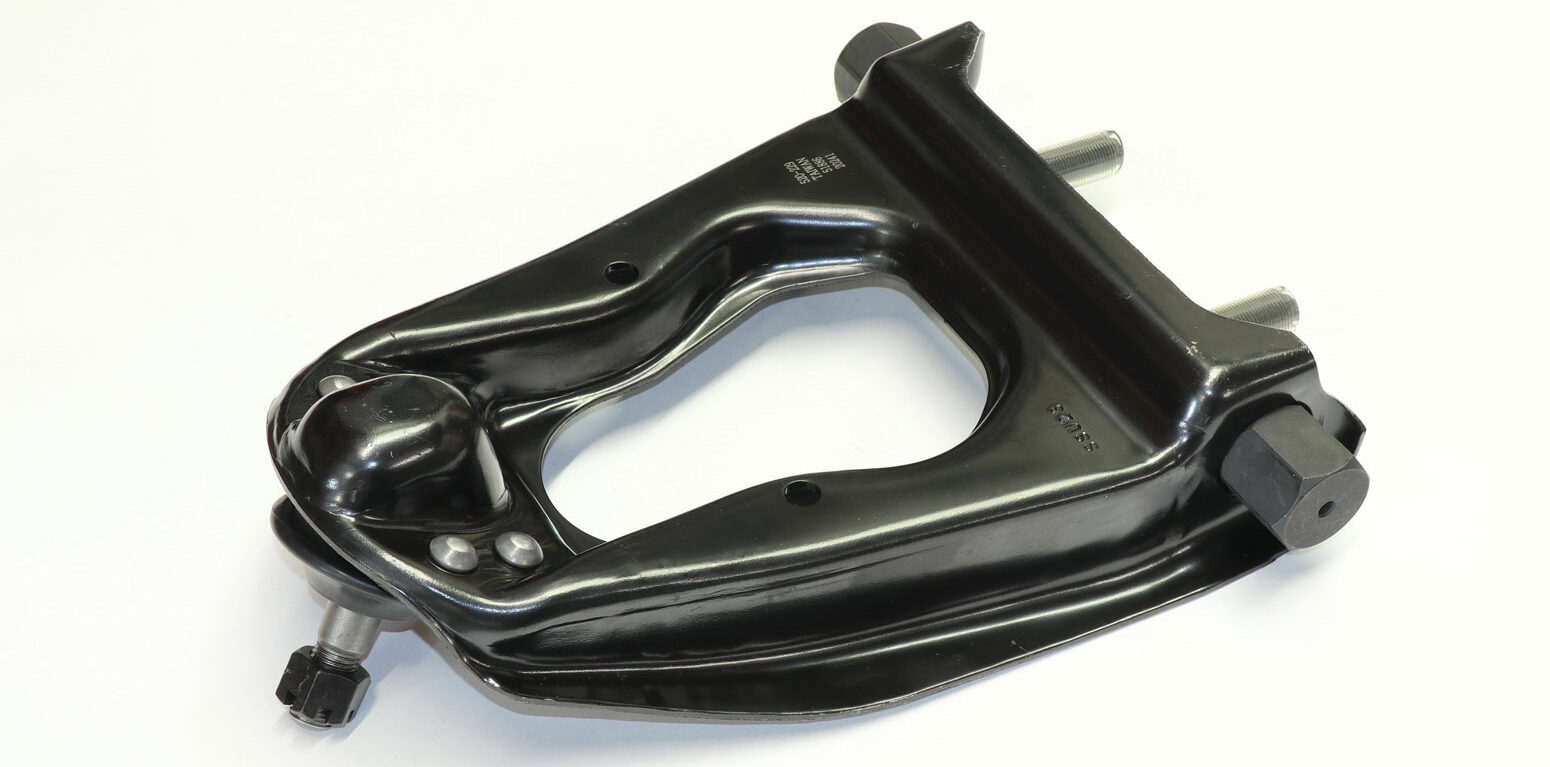
Check Out: How to Replace The Quarter Panel on a 1968-1969 Ford Torino Sportsroof
To say the new Mustang was an instant success is an understatement, as over 121,000 were sold by year’s end. The Mustang’s same basic design continued through the 1966 model year.
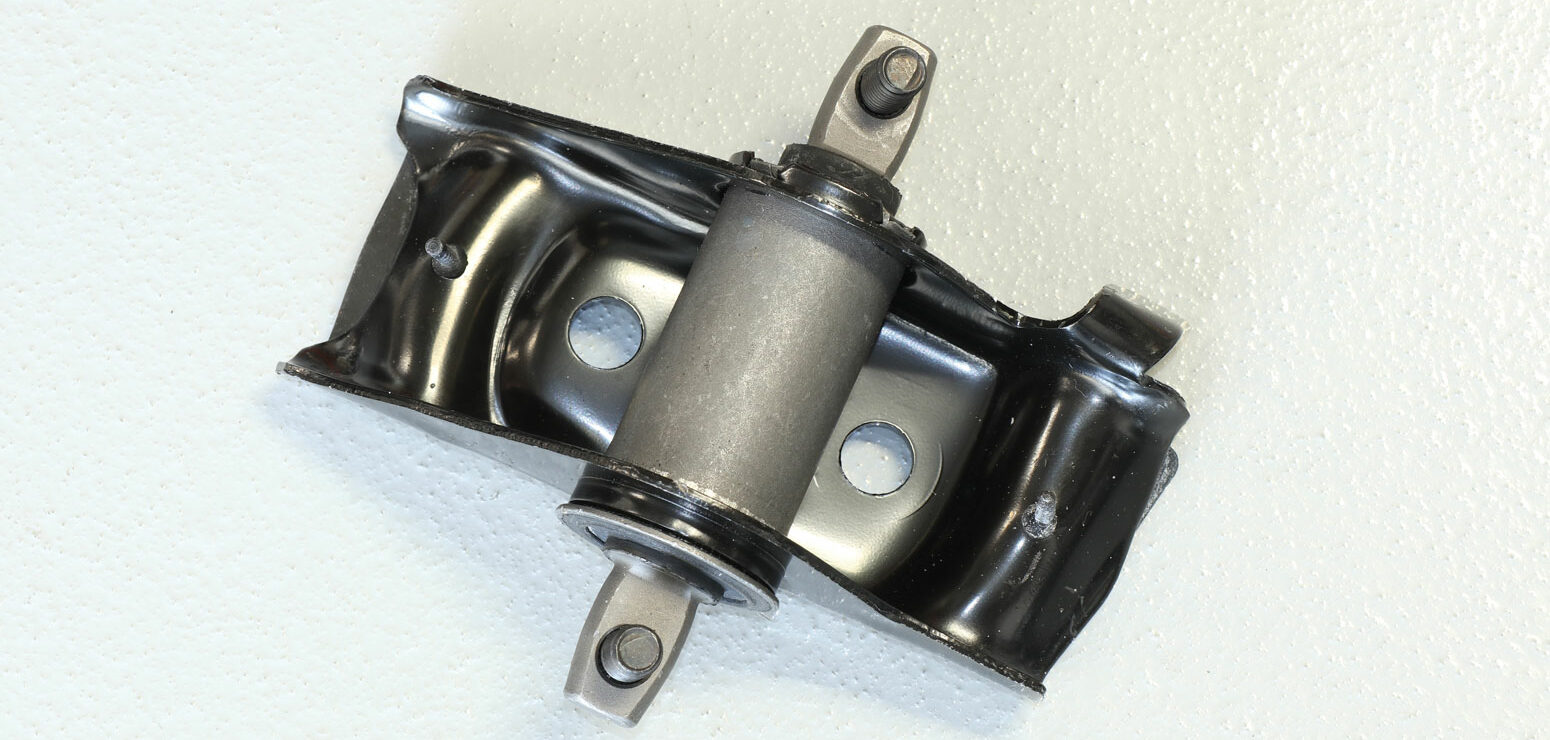
The front suspension utilized coil springs and shocks mounted above the upper A-frame–style control arms, while the lower control arms were located by strut rods attached to the front crossmember. In the rear, parallel semi-elliptic springs and tube shocks were used. While not a particularly inspired design, the Mustang’s suspension was simple—but even simple things don’t last forever. A case in point is the suspension under the 1965 Ford Mustang 2+2 shown here.

This particular car had spun the odometer more than a few clicks. It was then parked for an extended length of time. Like most hot rodders the owner’s first instinct once it was out of hibernation was to tear the car apart and start from the ground up, but thankfully sanity prevailed. A much more rational approach was to replace the suspension components that were worn and get the Mustang fastback on the road where it could be enjoyed, then make improvements and modifications as time allowed.
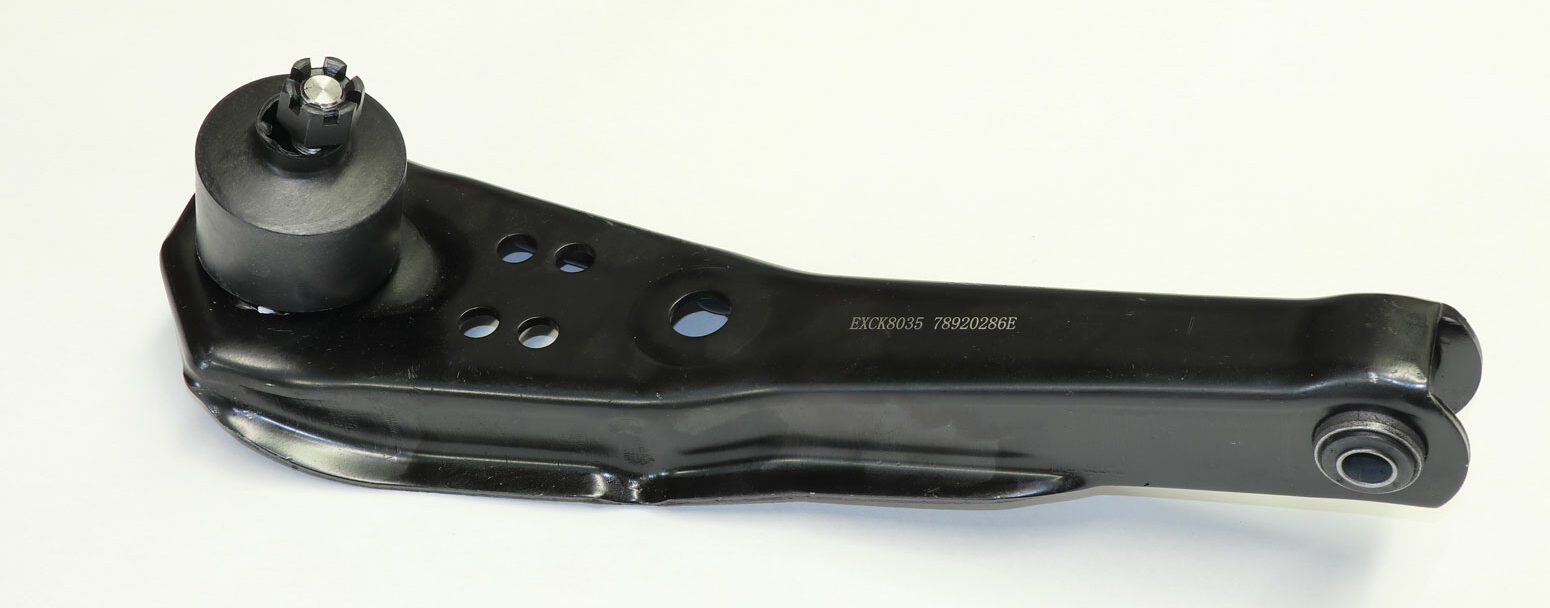
Watch: 1979 Chevy Squarebody Crate Engine Install
With the Modern Rodding project Mustang up on a hoist at the In The Garage Media Tech Center, Jason Scudellari determined what components required replacement. It was no surprise that the front suspension bushings, ball joints, tie rod ends, and shock absorbers had all outlived their usefulness.
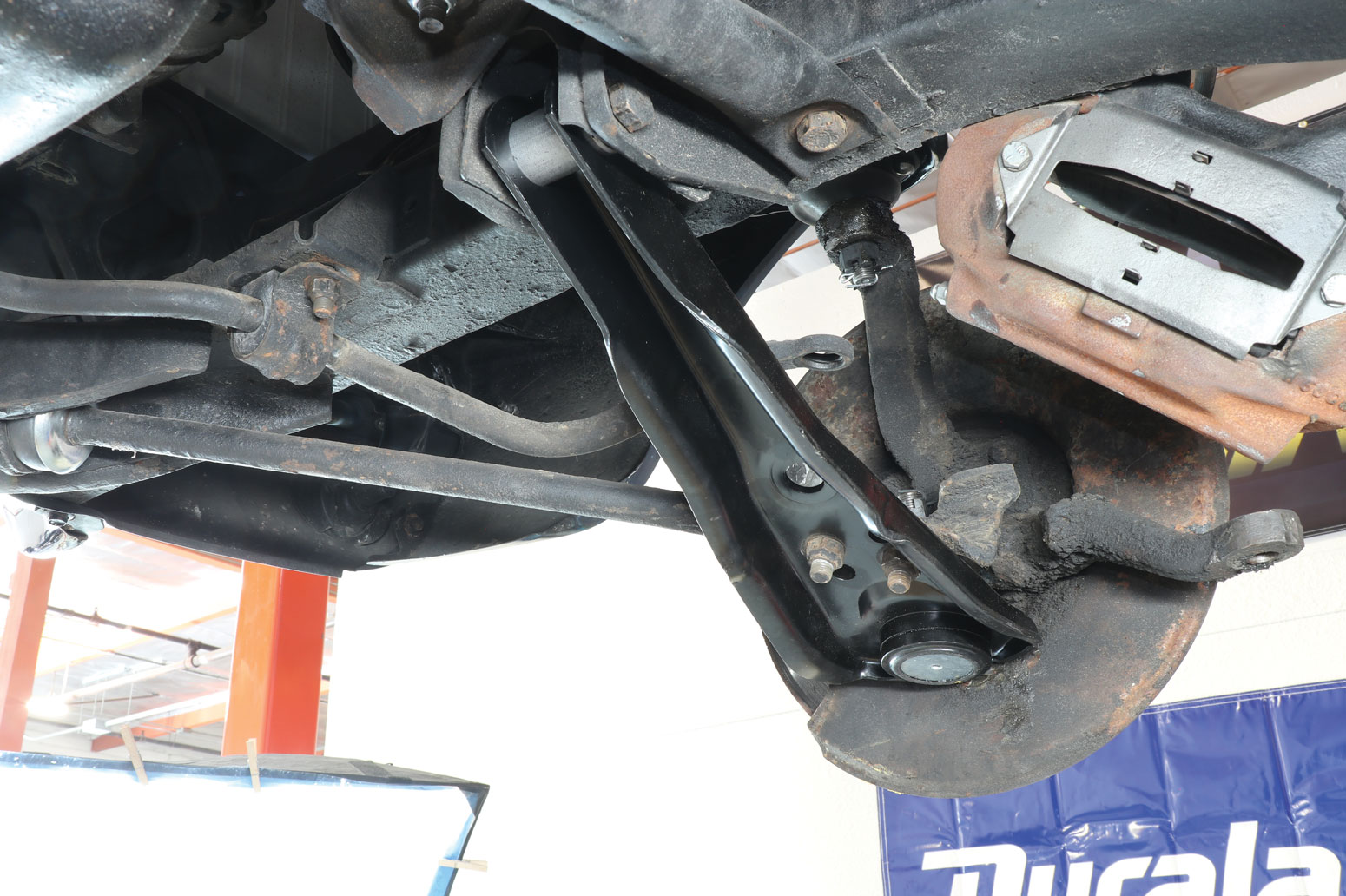
All those worn components resulted in a car that wandered all over the road and was a handful to drive. In addition Scudellari found the front brake pads were worn and the engine and transmission mounts had deteriorated, causing an annoying vibration.
Fortunately everything needed to make the necessary repairs was readily available from Duralast. These new brake pads (Duralast PN D11) will not only make the ‘65 Mustang safe to drive they will restore the ride and handling characteristics to like-new condition.
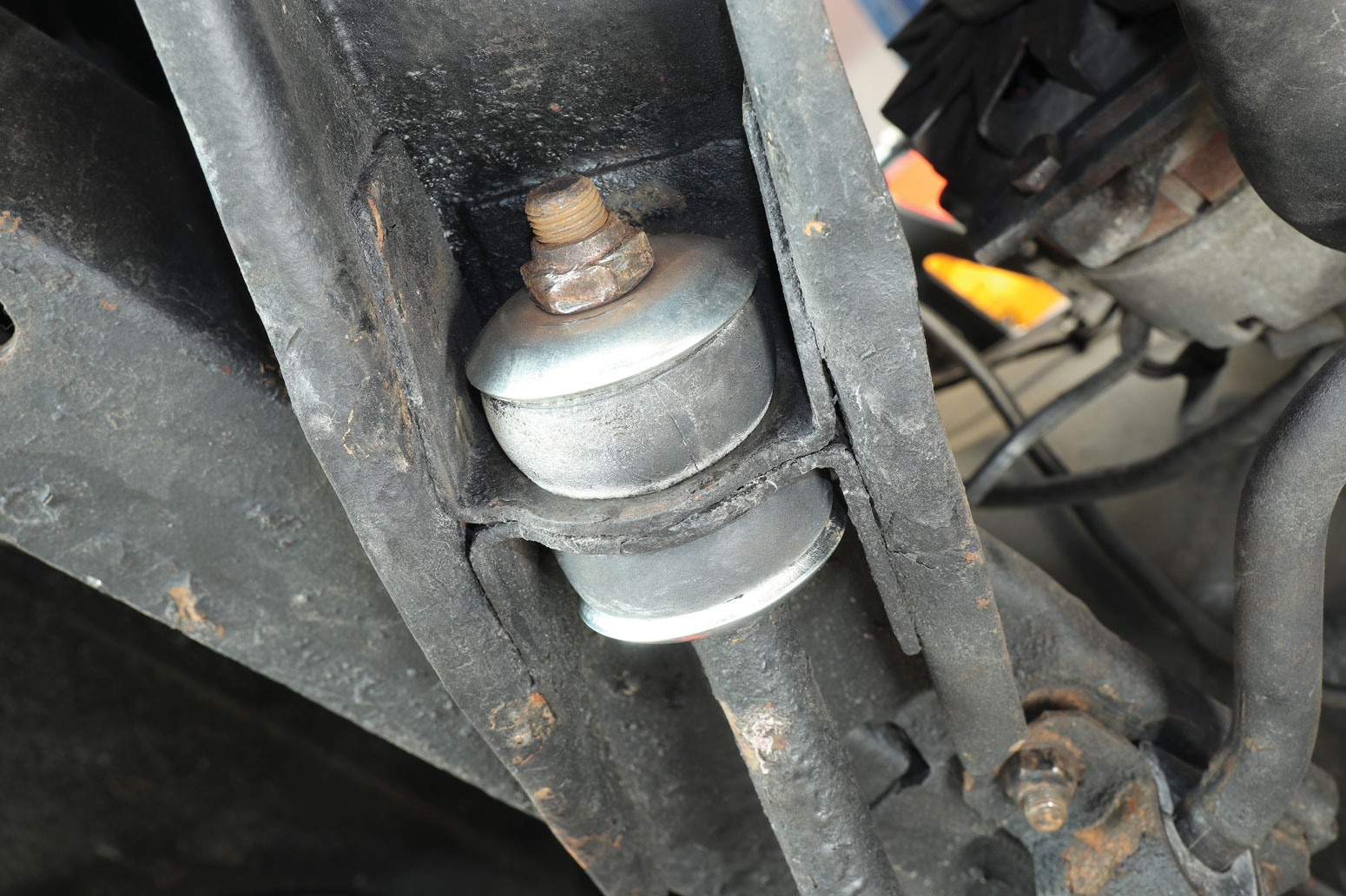
Check Out: Red-Ram Hemi Vs. 5.7L Hemi – Identical ’32 Ford Builds
Duralast began in 1986 offering starters and alternators. Today it’s one of the leading aftermarket brands, providing parts in over 20 different categories. Unlike many over-the-counter replacement brands, Duralast parts are designed and tested to ensure they meet or exceed OE performance and all parts are warrantied. Duralast’s vast array of parts for your project can be found at DuralastParts.com. MR
Source:
Duralast
(800) 288-6966
duralastparts.com












